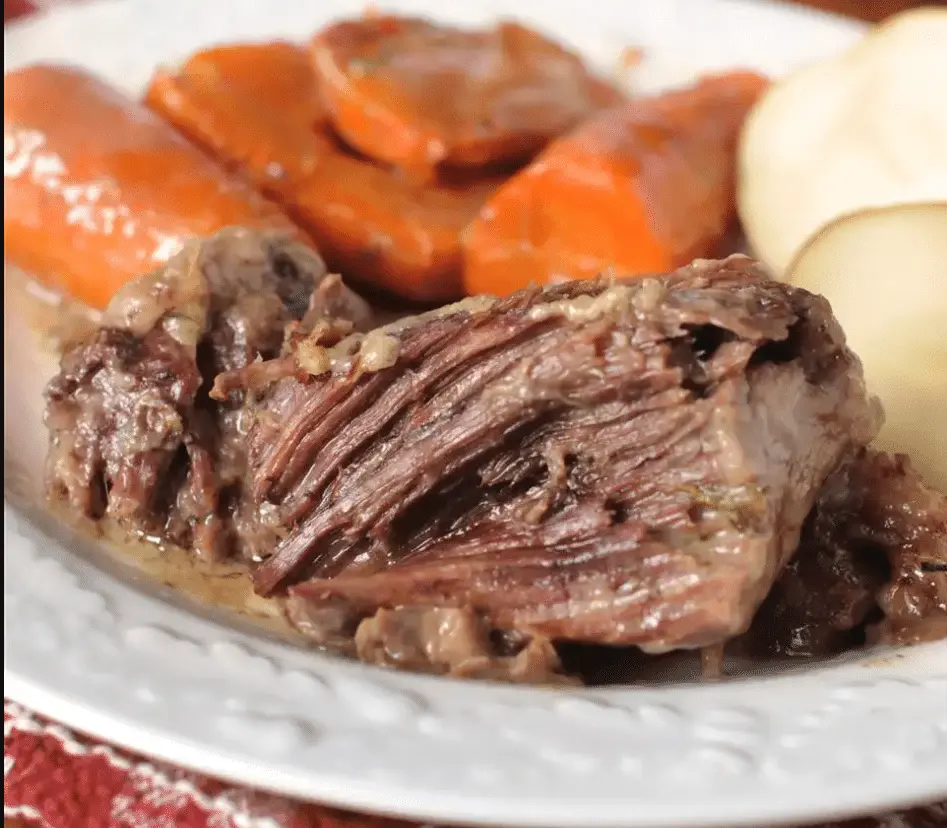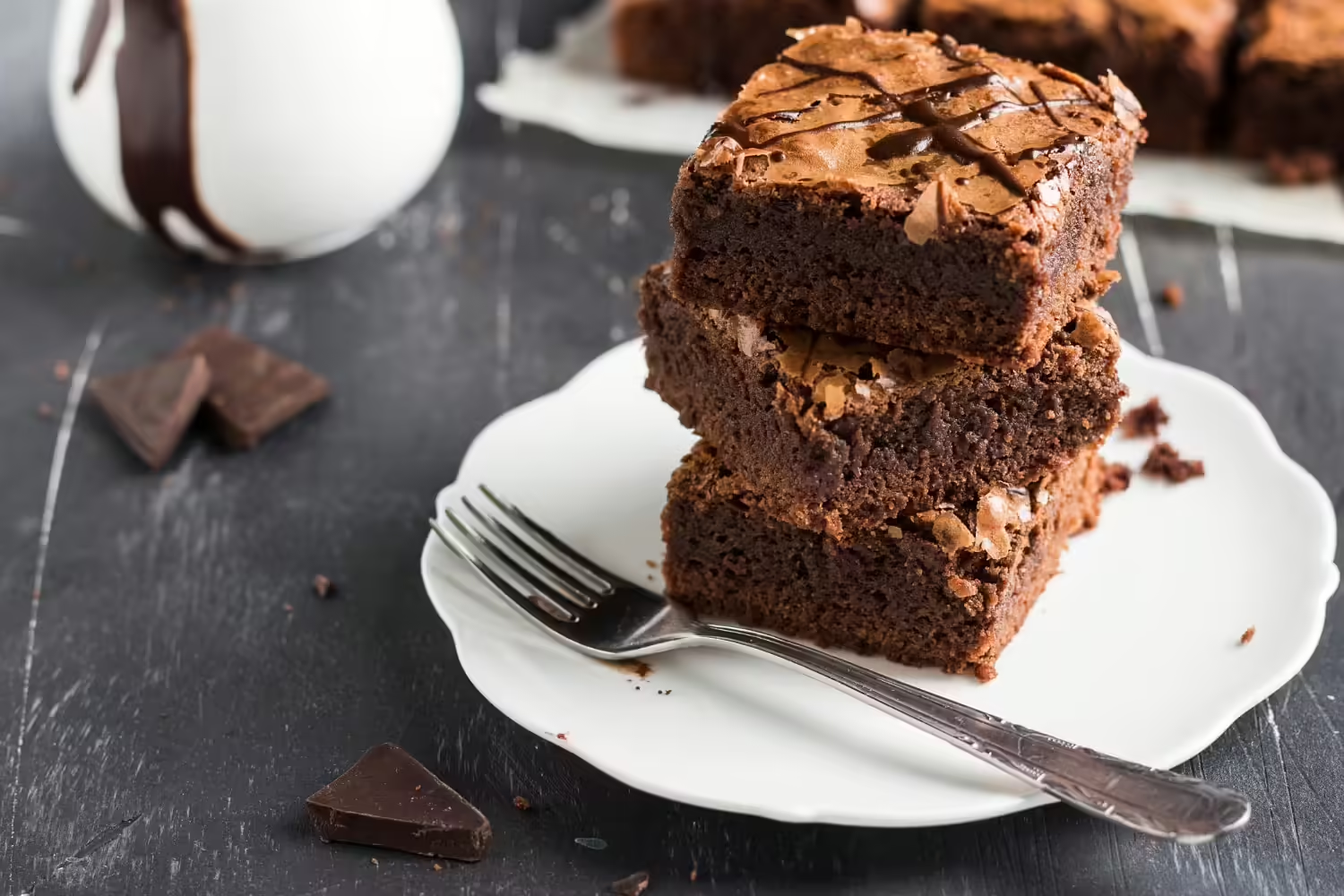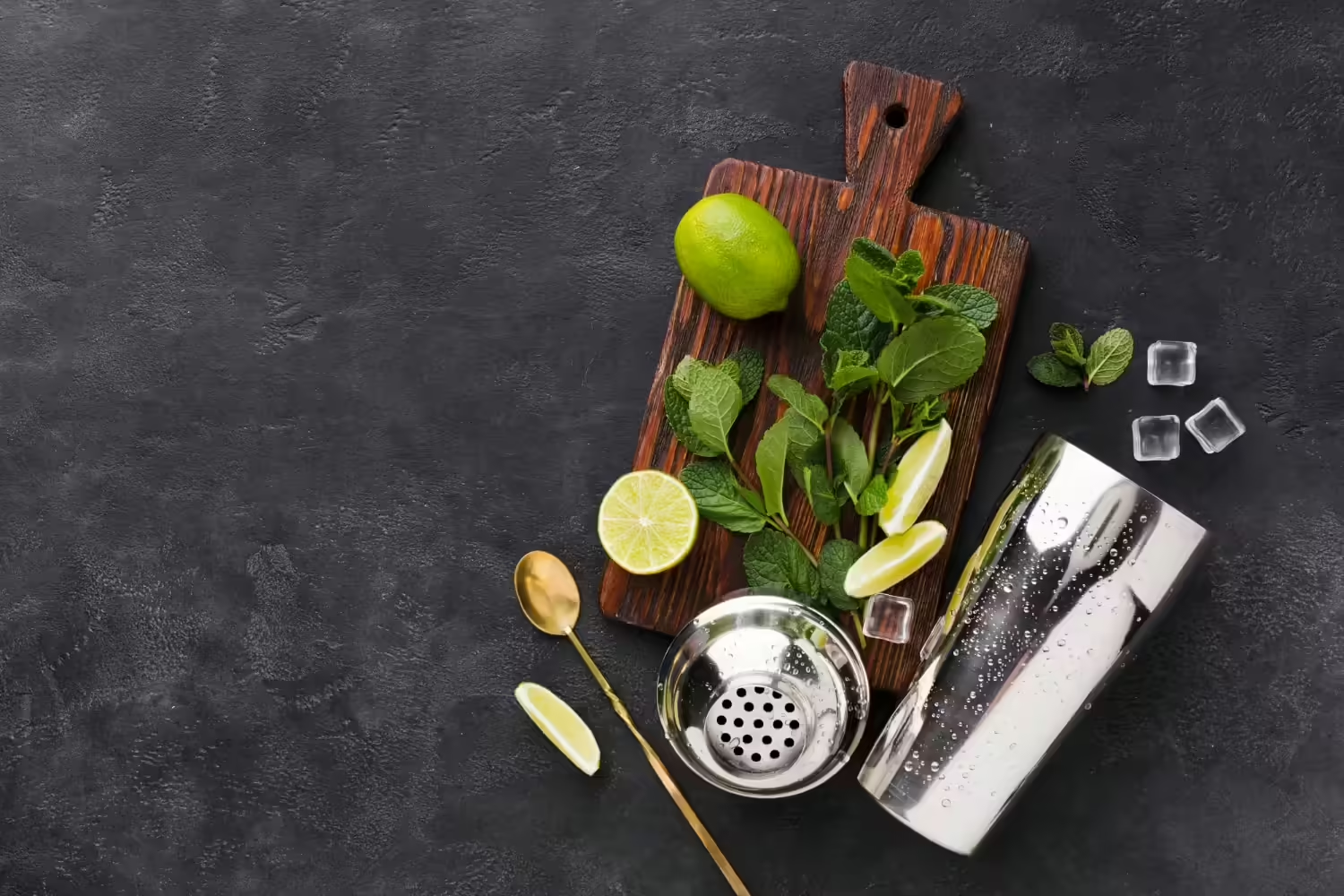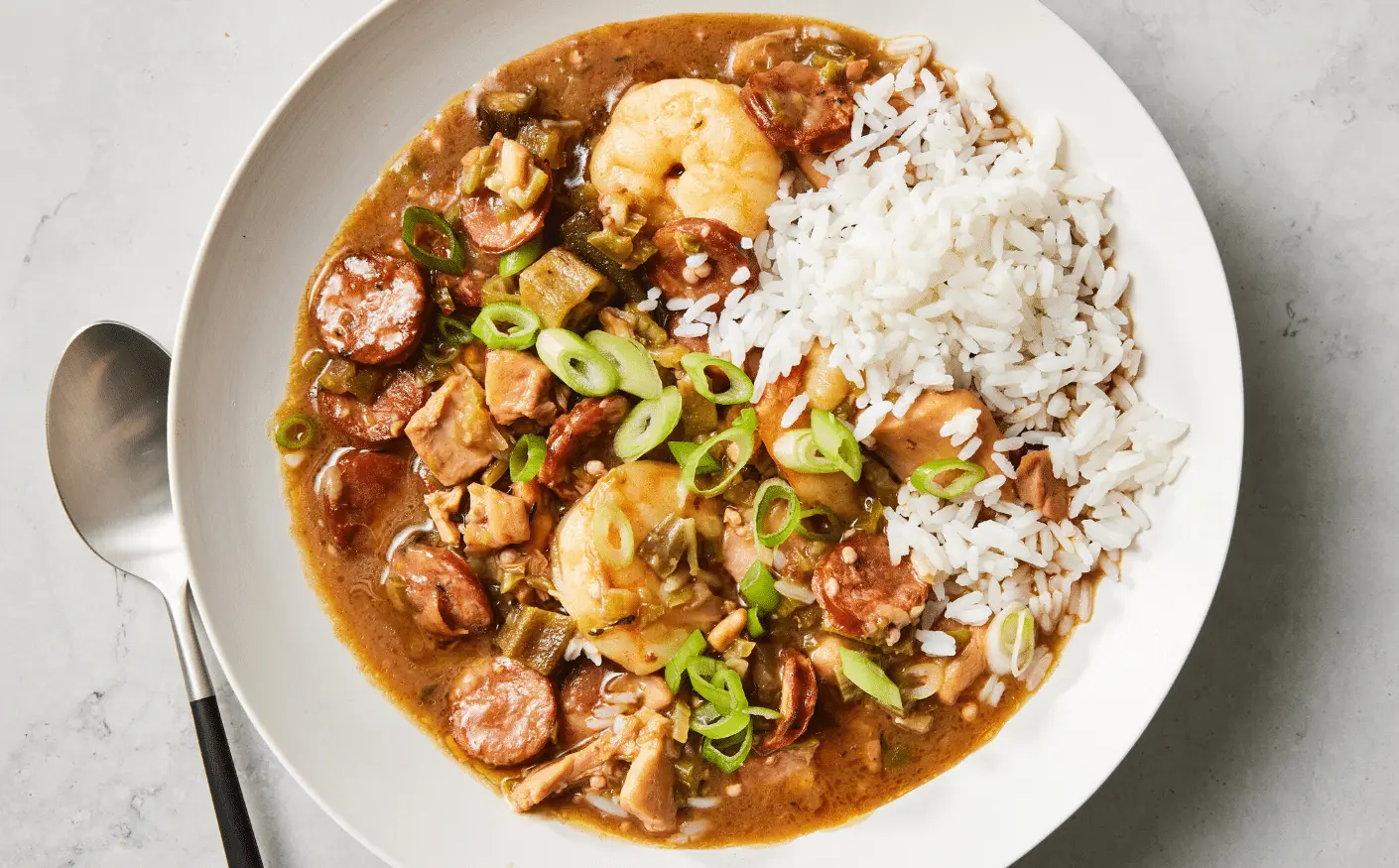
Pot roast, a beloved staple in comfort food, has stood the test of time, delighting taste buds across generations. Rooted in the need to soften tougher cuts of meat, this classic dish transforms beef chuck or shoulder roast into a tender, flavorful feast through the art of slow cooking. As families gather around the dinner table, the pot roast often takes center stage, not just for its savory depth but for the warmth and togetherness it fosters. Utilizing a mix of marbled meat and aromatic herbs, each pot roast recipe invites a personal touch, making each rendition unique. Whether simmered on a stovetop or slow-cooked in the latest kitchen gadgetry, the essence of pot roast lies in its simplicity and the rich, homely essence it brings to any meal. For a deeper dive into perfecting this dish.

Table of contents
Choosing the Right Ingredients
Creating the perfect pot roast begins with selecting the right ingredients. The choice of meat is crucial, as not all cuts are suitable for slow cooking. Typically, the best options are tougher cuts like beef chuck or shoulder roast. These cuts are not only cost-effective but also rich in flavor due to their high fat and connective tissue content. As these tougher cuts cook slowly, the connective tissues melt, imparting a succulent tenderness to the meat.
Fat is equally important in a pot roast. Look for cuts that are well-marbled with fat. This marbling is not just for flavor; it plays a critical role in keeping the meat moist and tender as it cooks. The fat slowly renders down during cooking, basting the meat in its own juices, which enhances the flavor and prevents the roast from drying out.
Beyond the meat, the selection of vegetables and herbs can make a significant difference. Root vegetables such as carrots and onions are traditional favorites because they absorb and enhance the meat’s juices. For herbs, options like rosemary, thyme, and bay leaves are popular as they contribute depth and complexity to the flavor profile. These ingredients not only infuse the roast with aromatic flavors but also enrich the gravy that accompanies the dish.
When it comes to adding extra flavor, don’t shy away from experimenting with additional seasonings like Italian seasoning or a dash of paprika. These can be rubbed onto the meat before cooking to introduce an extra layer of taste.
Choosing the right ingredients for your pot roast is an art that combines tradition with personal preference, ensuring that each pot roast you prepare is both flavorful and satisfying. For more insights and variations on the classic pot roast.
Preparing the Meat
The key to a mouth-watering pot roast lies in how you prepare the meat before it ever hits the pot. Starting with a room temperature roast is essential. Allowing the beef to sit outside the refrigerator for one to two hours before cooking helps it cook more evenly and reduces the total cooking time. This step brings the meat closer to the ambient temperature, which promotes a more uniform cooking process.
Seasoning the meat thoroughly is another critical step. Generously seasoning with salt and pepper enhances the natural flavors of the beef. For added complexity, sprinkle on some Italian seasoning, which usually includes a blend of dried herbs such as basil, thyme, and oregano. These herbs complement the robust flavors of the meat and infuse the roast with aromatic undertones.
Before searing, pat the meat dry with paper towels. This is crucial as it helps to achieve a good sear. Searing the beef in a hot pan with a splash of extra virgin olive oil ensures a rich, caramelized crust forms on the exterior. This crust not only adds texture but also locks in the juices, ensuring that the roast remains tender and moist as it cooks.
Cooking Techniques
The beauty of pot roast lies in the variety of methods available to cook it, each bringing a unique flavor and texture to the table. Whether you prefer the traditional stovetop approach or opt for modern appliances like slow cookers and pressure cookers, mastering these techniques will ensure a deliciously tender pot roast.
Stovetop Method
Cooking pot roast on the stovetop is a classic technique that allows for deep flavor development. Start by searing the meat on all sides in a heavy pot or Dutch oven to create a rich, caramelized crust. This step is crucial as it locks in the flavors and juices. Once seared, add your liquid of choice—be it broth, or water—along with your aromatics and vegetables. The key is to maintain a low, gentle simmer. Cover the pot with a tight-fitting lid to prevent moisture loss, and let the roast cook slowly for several hours until fork-tender.
Oven Cooking
Transferring your pot roast to the oven after searing provides a more controlled and even cooking environment. Preheat your oven, place the seared roast and all ingredients into a covered Dutch oven, and set it to cook at a low temperature (around 250°F to 300°F). This method is excellent for breaking down the meat’s tough fibers without drying it out, ensuring a moist and flavorful roast.
Slow Cooker
For those who appreciate convenience, the slow cooker is a game-changer. It involves minimal monitoring and guarantees a moist, tender roast. After browning the meat and sautéing the vegetables, transfer everything to the slow cooker. Set it to cook on low for 8 to 9 hours or on high for 4 to 5 hours. The slow cooker’s steady, low heat allows flavors to meld beautifully, resulting in a deeply savory roast.
Pressure Cooker
If time is of the essence, a pressure cooker can prepare a pot roast in a fraction of the time it takes traditional methods. After browning the meat directly in the pressure cooker, add your liquids and secure the lid. Cook under high pressure for about an hour. This method is not only quick but also retains the natural juices, enhancing the meat’s flavor and tenderness.
Each cooking method has its merits and can be tailored to fit your schedule and flavor preferences.

Liquid Options
The choice of liquid is a fundamental aspect of preparing a pot roast, as it greatly influences both the tenderness of the meat and the overall flavor of the dish. The liquid helps to create a moist environment in the pot, allowing the meat to cook gently and become fork-tender. It also forms the basis of the sauce or gravy that accompanies the roast, enhancing the meal’s savoriness.
Broth
Beef or vegetable broth is another excellent option for pot roast. Broth adds a savory depth and provides ample moisture for cooking. It’s a versatile choice that can be enhanced with additional herbs and spices to suit your taste. Using broth helps to ensure that the roast stays juicy and flavorful.
Water
For those who prefer a milder flavor or are cooking without broth, water is a perfectly acceptable substitute. While it doesn’t add as much flavor as broth, it creates the necessary steamy environment for the meat to cook properly. To enhance the flavor when using water, consider adding extra herbs, garlic, and onions.
Choosing the right liquid for your pot roast can transform the dish, providing not only moisture but also a flavorful base that permeates the meat throughout the cooking process.
Adding Vegetables
Integrating vegetables into a pot roast not only enhances the dish’s nutritional value but also enriches its flavors and textures. The right vegetables can absorb and complement the rich juices of the roast, becoming tender and flavorful companions to the meat.
Types of Vegetables to Include
Root vegetables are particularly well-suited for pot roasts due to their robust structure and ability to absorb flavors. Carrots, with their sweet and earthy notes, are a classic choice. Onions add a depth of flavor, caramelizing slightly to offer a subtle sweetness that balances the savory notes of the meat. New potatoes, particularly firm varieties like Yukon Gold, are excellent as they hold their shape throughout the cooking process.
When to Add Vegetables
Timing is crucial when adding vegetables to a pot roast to avoid overcooking them. Typically, hearty vegetables like carrots and potatoes can be added from the start if you prefer them very tender. However, to maintain a bit of texture, add these about halfway through the cooking time. Onions can be added early in the cooking process as they benefit from a longer cooking time to develop a rich flavor.
The incorporation of vegetables turns a simple pot roast into a complete meal, offering a spectrum of flavors and textures that complement the main dish.
Tips for Perfect Pot Roast
Achieving the perfect pot roast is an art that combines careful preparation with proper cooking techniques. Here are some essential tips to ensure your pot roast turns out tender, flavorful, and satisfying every time.
1. Select the Right Cut of Meat
The choice of meat is crucial. Opt for cuts like beef chuck or shoulder, known for their rich marbling and connective tissues. These features are ideal for slow cooking, transforming tough cuts into succulent, fork-tender delights.
2. Bring Meat to Room Temperature
To properly prepare the roast, it’s recommended that you allow it to sit at room temperature before cooking. This step helps the meat cook more evenly and shortens cooking times, preventing the exterior from cooking too quickly while the interior remains raw.
3. Sear the Meat
Always brown your roast on all sides in a hot pan before slow cooking. This searing process caramelizes the surface of the meat, enhancing the final dish’s flavor with a rich, complex base.
4. Use Low and Slow Cooking
The essence of a great pot roast lies in the low and slow cooking process. Whether using a slow cooker, oven, or stovetop, maintaining a low temperature allows the connective tissues in the meat to break down without drying out, resulting in incredibly tender meat.
5. Keep the Lid On
Maintain a tight seal on your cooking vessel to prevent moisture from escaping. A snug-fitting lid helps to keep all the steam and flavors locked in, which are essential for keeping the roast moist and flavorful.
6. Rest Before Serving
Allow your pot roast to rest before slicing or serving. This resting period lets the juices redistribute throughout the meat, ensuring that each slice is juicy and flavorful.
Following these tips can make your pot roast a guaranteed hit at any dining table.

Serving Suggestions
The final step in perfecting your pot roast is presenting it with complementary sides that enhance its rich flavors. Traditional accompaniments like mashed potatoes or creamy polenta offer a soft texture that contrasts beautifully with the tender, juicy meat. These sides also excel at absorbing the savory gravy produced by the roast.
For a lighter option, consider serving the roast with a side of steamed green beans or glazed carrots. These vegetables add a splash of color and a crisp texture to the meal, providing a refreshing counterpoint to the richness of the meat.
Finally, don’t forget a simple crusty bread, perfect for sopping up the delicious juices left on the plate. This addition turns the meal into a hearty feast, ensuring not a drop of flavor is wasted.
FAQs
What are the best cuts of meat for pot roast?
The best cuts for pot roast are those that are rich in connective tissues and fat, such as beef chuck or shoulder roast. These cuts become exceptionally tender and flavorful when cooked slowly, making them ideal for pot roast.
How can I make my pot roast more flavorful?
To enhance the flavor of your pot roast, consider searing the meat before slow cooking to develop a caramelized crust. Additionally, use a generous amount of herbs like rosemary, thyme, and bay leaves. Incorporating aromatic vegetables such as garlic, onions, and carrots also adds layers of flavor.
Is it possible to overcook a pot roast?
While pot roast is forgiving, it is possible to overcook it, especially in devices that cook at higher temperatures like pressure cookers. Overcooking can result in dry, tough meat. To avoid this, make sure to cook the roast on low heat and check it periodically. The meat should be cooked to a point where it is tender and easy to cut, but not so much that it is falling apart.





